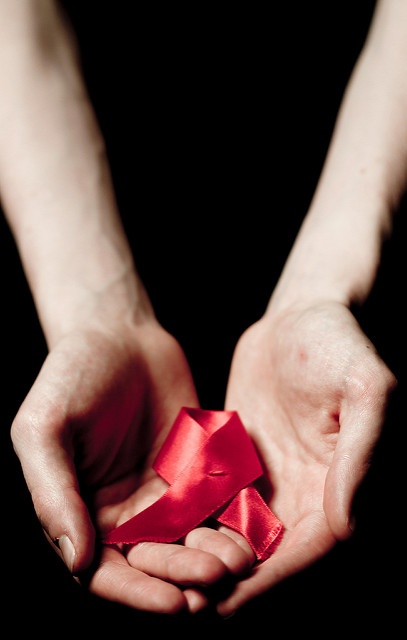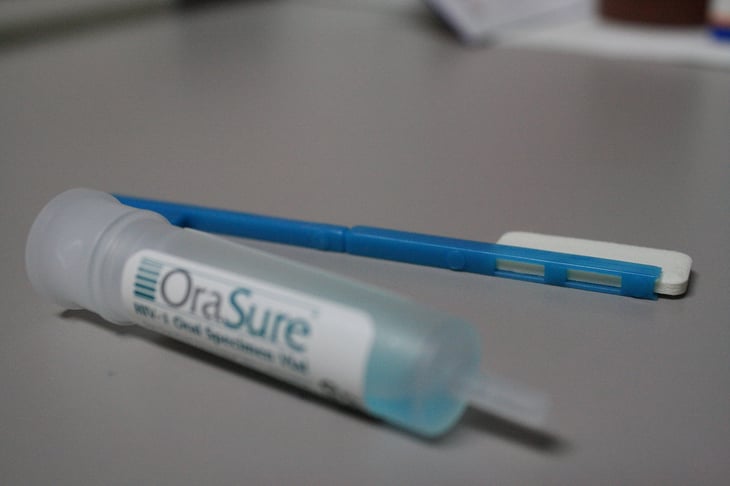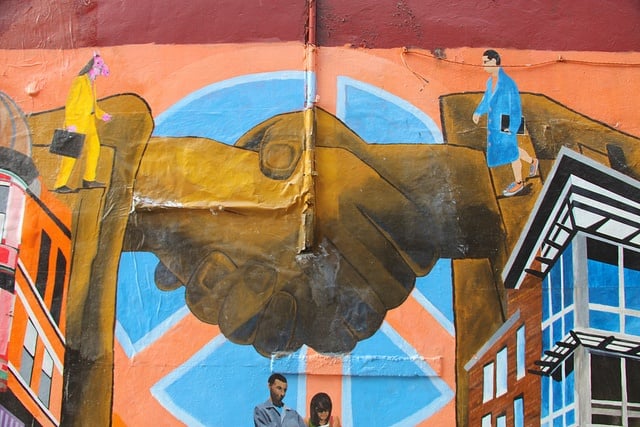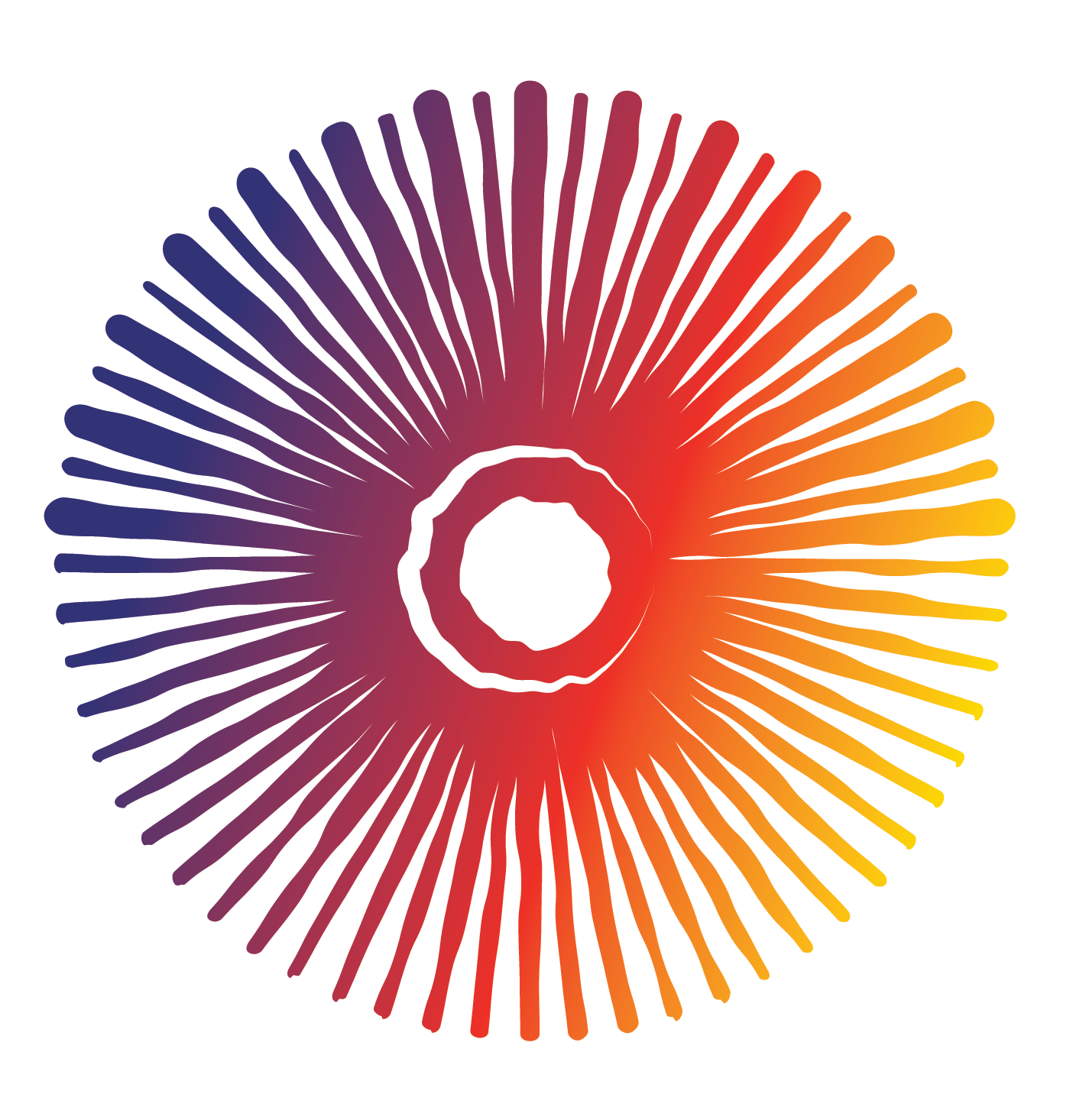Our national consciousness has shifted in recent years from “managing homelessness” to “ending homelessness.” Federal, state, and local policies have focused on specific subgroups, such as veterans, people experiencing “chronic homelessness,” and, more recently, families and youth. In many communities, these efforts have been useful in bringing together new partners, galvanizing public and private support, and shaping public awareness of what it takes to end homelessness.

World AIDS Day--recognized every year on December 1 since 1988--is an occasion to reflect on the global impact of HIV and AIDS and health care inequities across world populations. On this day, HIV/AIDS organizations around the world affirm their commitment to eliminate stigma and expand testing and treatment to people living where rates of HIV and AIDS remain high.
The U.S. Global AIDS Coordinator--Ambassador Deborah Birx, M.D.--asserts, “We will only end the AIDS epidemic by 2030 if no one is left behind. It is unacceptable that key populations still face stigma, discrimination, and violence, which impede their ability to access quality HIV services.”
This year, the U.S. is working to control an epidemic in Scott County, Indiana that has a higher incidence of HIV than any country in sub-Saharan Africa. Austin--the county seat with a population of 4,200--has more cases of HIV than all of New York City. In this small, rural county, the forces of poverty, addiction, and politics drove an injection drug problem to cause the first-known HIV outbreak related to the current opioid crisis in America.
12/1/16 11:15 AM | Cheryl Gagne | HIV/AIDS, Harm Reduction, Prevention
Read More
The opioid crisis has reached epidemic levels, with nearly half of Americans now reporting they personally know someone who has been addicted to prescription painkillers. Despite growing recognition of the problem and concerted efforts to drive practice and policy solutions, significant challenges remain.
While people often begin using alcohol or other drugs during adolescence and young adulthood, only 10 percent of 12-17 year olds who need substance use treatment actually receive services. When they do, they are much more likely to receive services while in the criminal justice system rather than through other avenues, such as their school or health care provider. These sobering statistics speak to the difficulty of identifying and helping at-risk teens before their substance use becomes a problem.
08/3/16 11:44 AM | Laura Winn | Substance Use, Prevention
Read More
“You’re going to need to do some homework,” she said.
It was my first week of working at Youth on Fire (YOF), a drop in center and HIV prevention program for 14-24 year olds experiencing homelessness and housing instability.
“Okay,” I replied, expecting to be given some books or articles to read.
“I want you to go home, stand in front of a mirror, and say the words ‘blow job’ and ‘anal sex’ thirty times per day for the next week.”
06/27/16 11:42 AM | Ayala Livny | HIV/AIDS, Harm Reduction, Prevention
Read More






